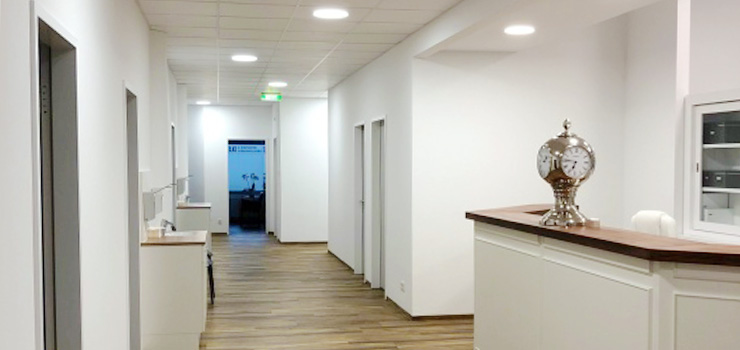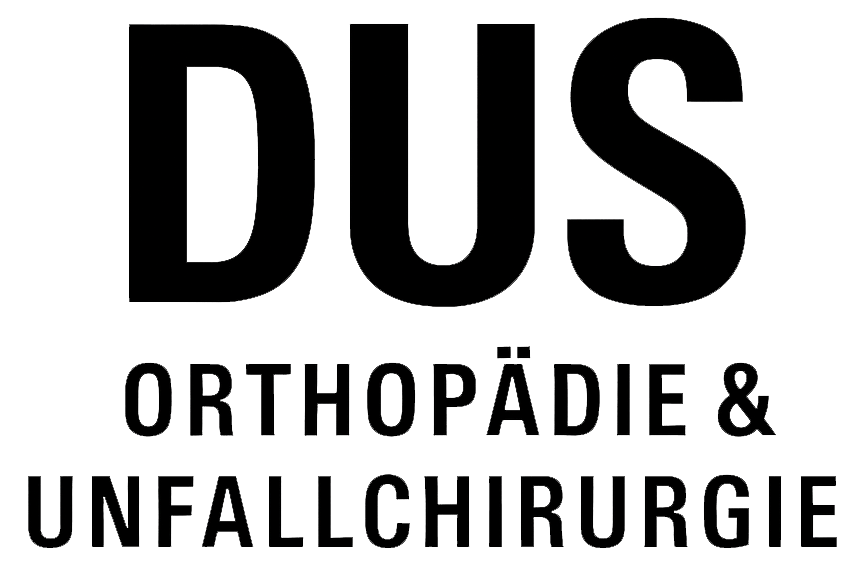Cartilage transplantation in Düsseldorf
Have you been diagnosed with premature joint wear or cartilage damage due to osteoarthritis? Did you have an accident during sport and therefore need cartilage treatment? A cartilage transplant can help in both cases. Damage in the knees or also in the ankle joint can be treated by such therapy.
In a cartilage transplant, the body’s own cartilage cells are used to fill the damaged area again. In this procedure, a cartilage-bone punch cylinder is removed from an undamaged area of the joint and the defect area is refilled. Find out more about cartilage transplant treatment at DUS Orthopaedics & Trauma Surgery and how the therapy works here.
Advantages | Procedure | FAQ | Locations
Advantages of cartilage transplantation
How can such treatment help you in case of cartilage damage? Because cartilage transplantation uses the body’s own cartilage cells, such a therapy has good chances of success and is also particularly gentle. The transplantation can be carried out comparatively quickly and easily. OATS surgery on the knee requires only three small incisions. This is an advantage because you do not have to plan an inpatient stay in hospital after the cartilage treatment.
During the healing process, you can already move the joint again to a certain extent quite quickly and put light weight on it. This preserves the overall mobility of the joint. A physiotherapist will certainly explain to you which exercises are useful after the transplantation in order to achieve the best possible result.
Procedure of the treatment
In cartilage transplantation, one or more cartilage-bone punch cylinders are removed during a joint arthroscopy. As a rule, these cells originate from the marginal area of the joint that is not under load. In order to be able to repair the cartilage damage – for example on the knee – with this method, this cartilage-bone cylinder is reimplanted into the previously prepared defect area during the same arthroscopy. In this way, the defect can be completely closed.
Expertise
At DUS Orthopaedics & Trauma Surgery we look back on many years of experience in the field of cartilage transplantation and joint arthroscopy. The procedures are minimally invasive and can usually be performed on an outpatient basis. A cartilage transplant requires a short general anaesthetic, for which we can offer you the necessary environment and expertise. In our practices, you will experience comprehensive care from medical consultation to surgery and aftercare.
Areas of application
A cartilage transplant can be performed on both the knees and the ankle joints. We will be happy to advise you on the possibilities in a personal consultation.
Risks
An operation under general anaesthesia, like any operation, also involves certain risks with cartilage transplantation. We will of course inform you about the details before the operation. Otherwise, this procedure is associated with comparatively few risks. Since the cells used are the body’s own, the risk of rejection of the newly built cartilage is very low. During the healing process, you should follow individual instructions from the surgeons and physiotherapists to prevent disturbances in the healing of the wound or the healing of the cartilage.
Before the surgery
Before the cartilage transplantation, a medical history discussion takes place in the practices of DUS Orthopaedics & Trauma Surgery. Here you report complaints, how long the symptoms have been noticeable and, in the case of an accident, explain how it happened. Based on this information, joint tests are carried out.c Damit wird die Beweglichkeit der betroffenen Gelenke und deren Stabilität untersucht. Your pain perception also plays an important role in the anamnesis. How deep the damage to the cartilage is and whether OATS plastic surgery on the knee or ankle joint is an option. If you have been diagnosed with treatable cartilage damage that is not yet too severe, a cartilage transplant can help you.
Duration
The total duration of the operation is about 45-60 minutes.
After the operation
Once the transplant is complete, you should take pressure off the joint for about 6 weeks, but still move it carefully. At first, you will therefore have to walk with the help of crutches. Although you can go home immediately after the operation, physiotherapy follows the treatment of the cartilage damage in the knee or ankle. This helps you to move the joint sufficiently and correctly without overstraining it. After 3 months of physiotherapy, light sport is again conceivable. You will receive the exact treatment plan and further tips for after the cartilage transplantation directly from the physiotherapist. As a rule, you can already do regular sports after about ½ year. When and with what intensity this is possible is decided individually.
FAQ
What does a cartilage transplant cost?
The costs for a cartilage transplant/OTAS-plasty are covered by your health insurance.
How long does a cartilage transplant last?
Which practices perform cartilage transplants?
We offer this service for you
at the following locations:

Location D-Grafenberg

Location D-Stockum

Location D-Oberkassel Heerdt


